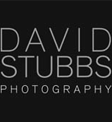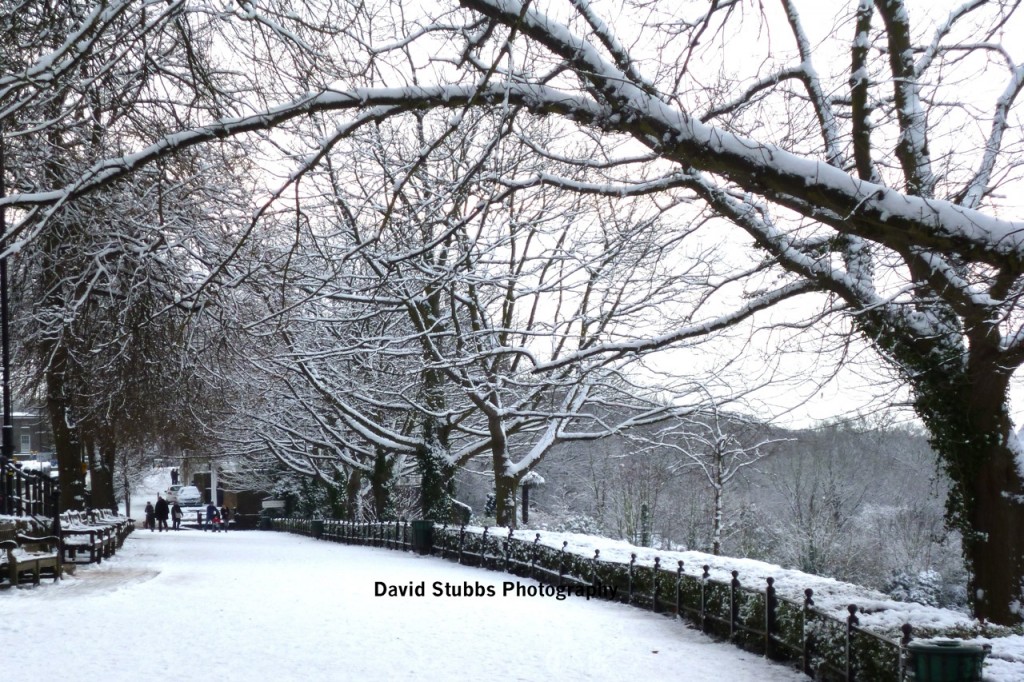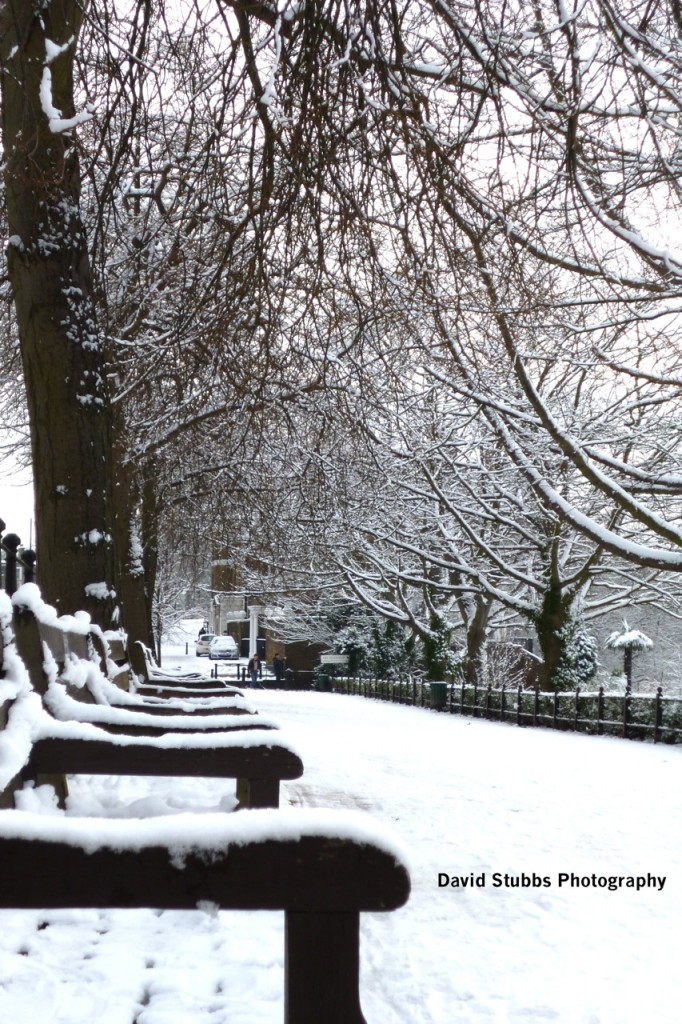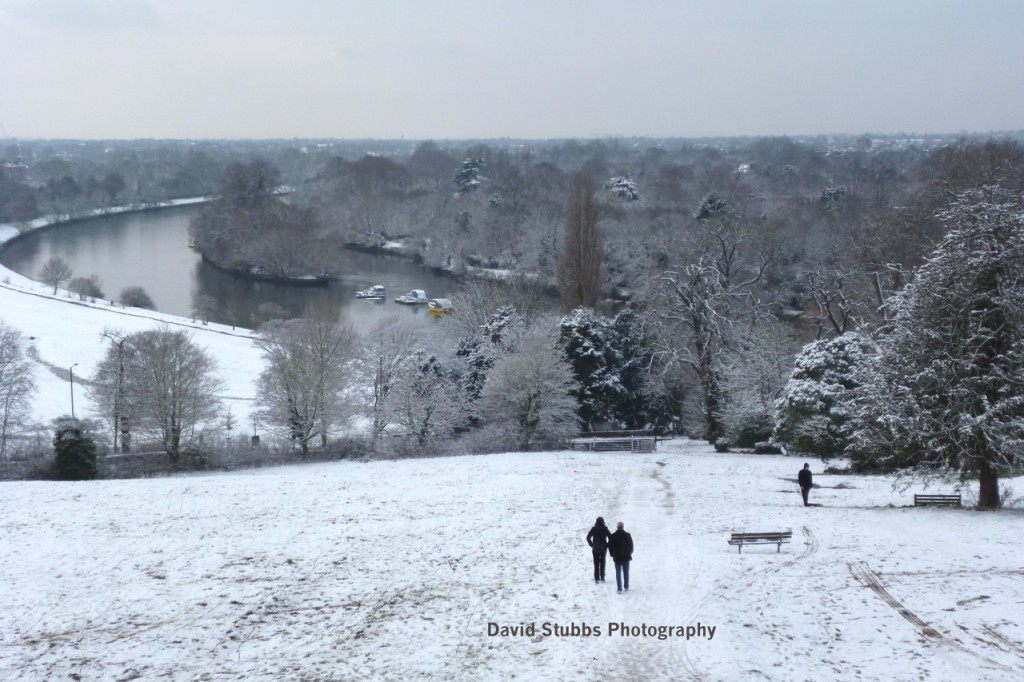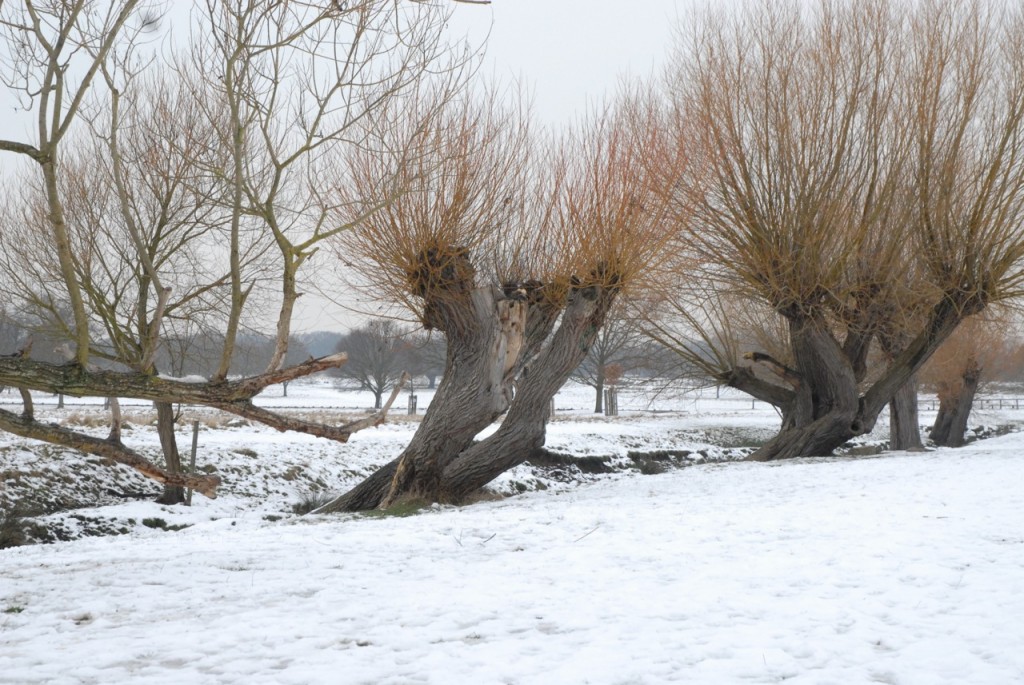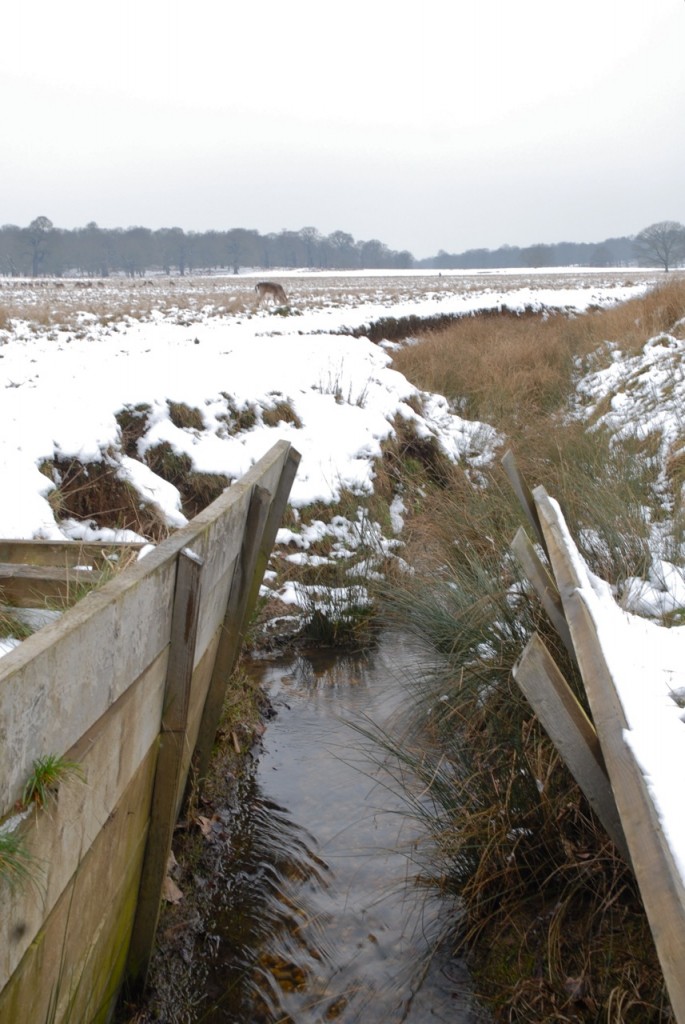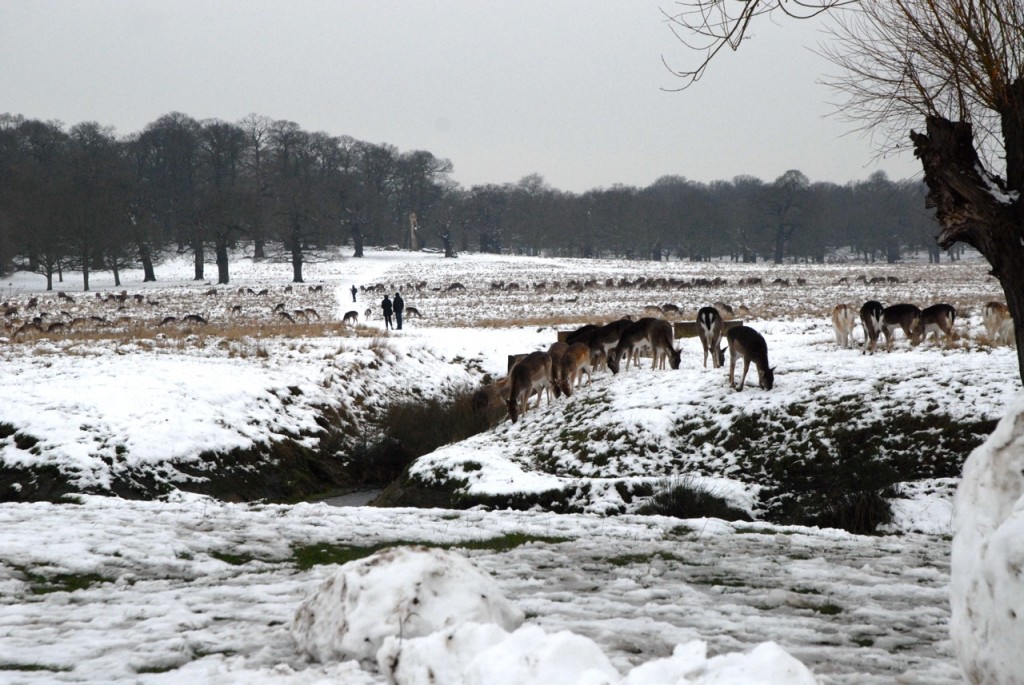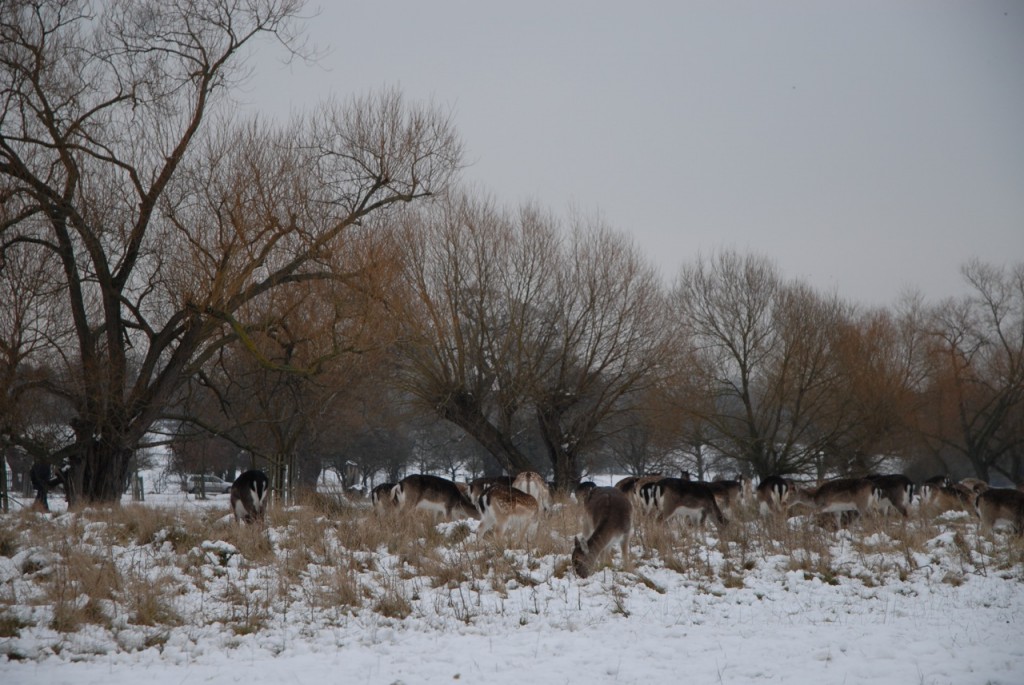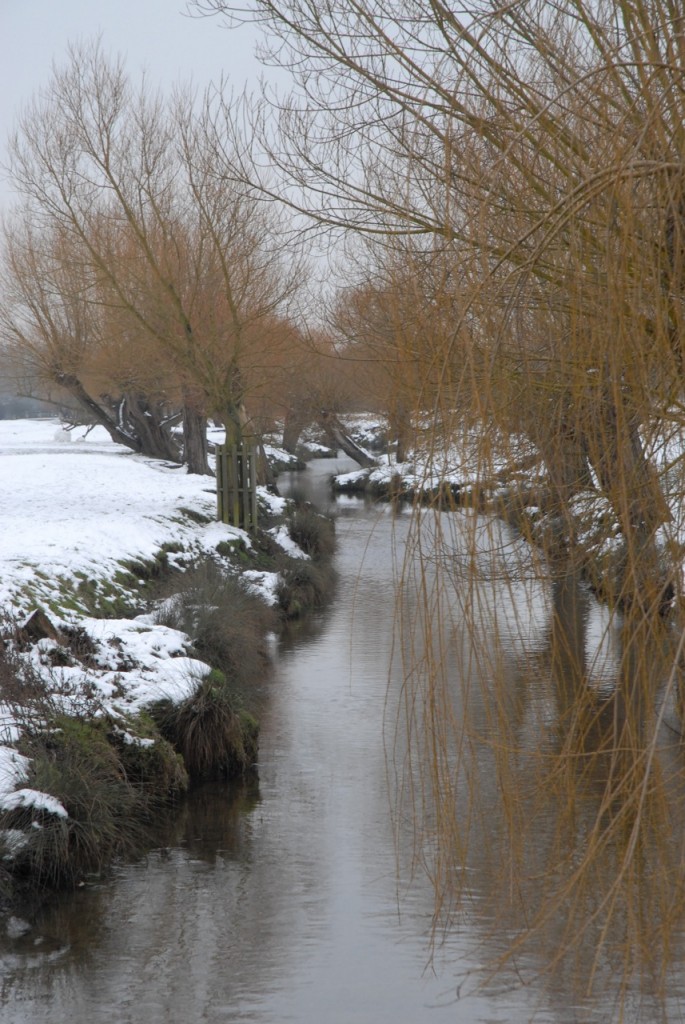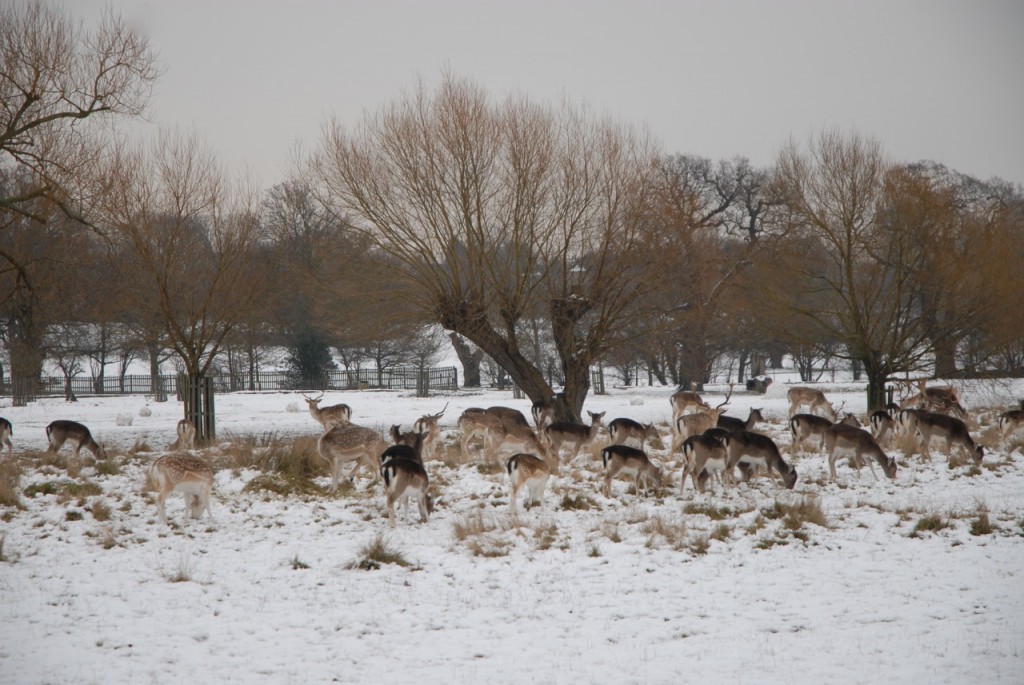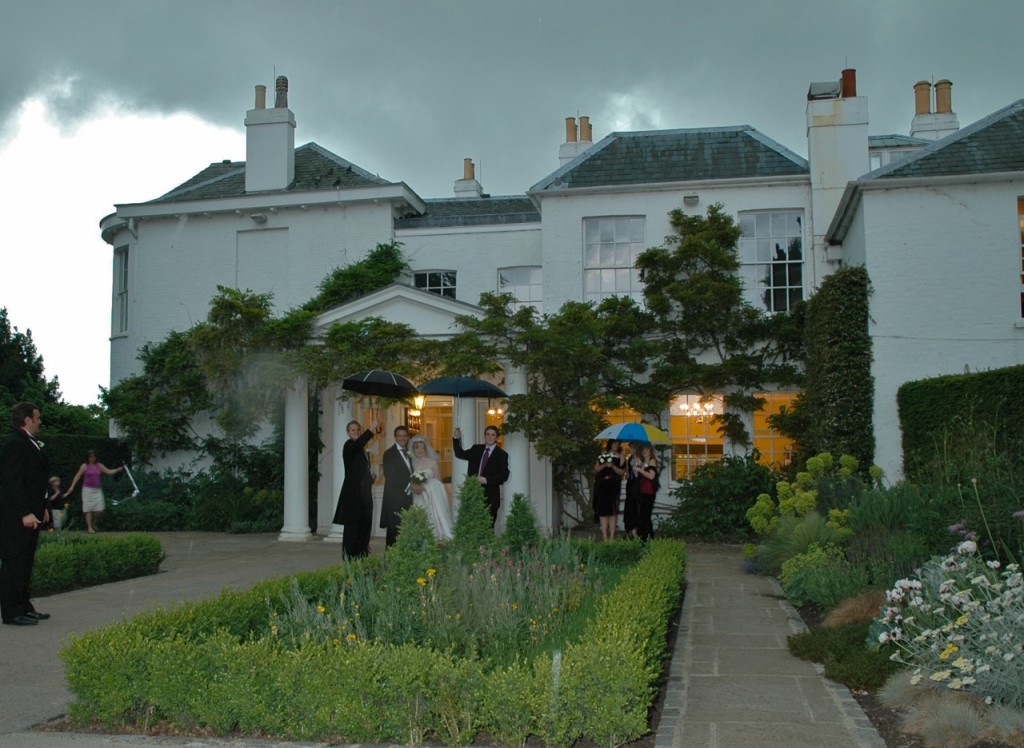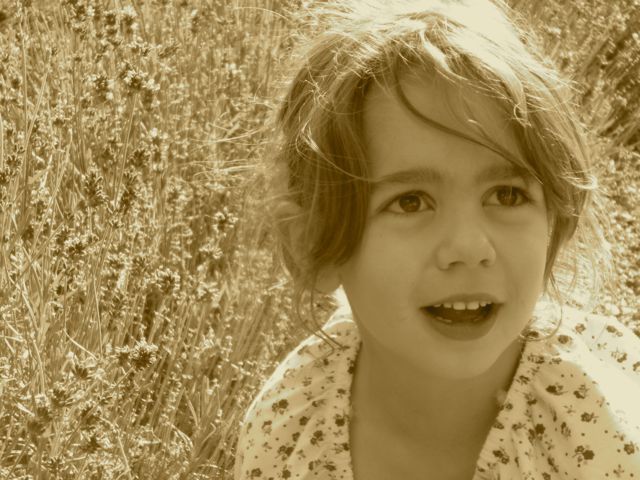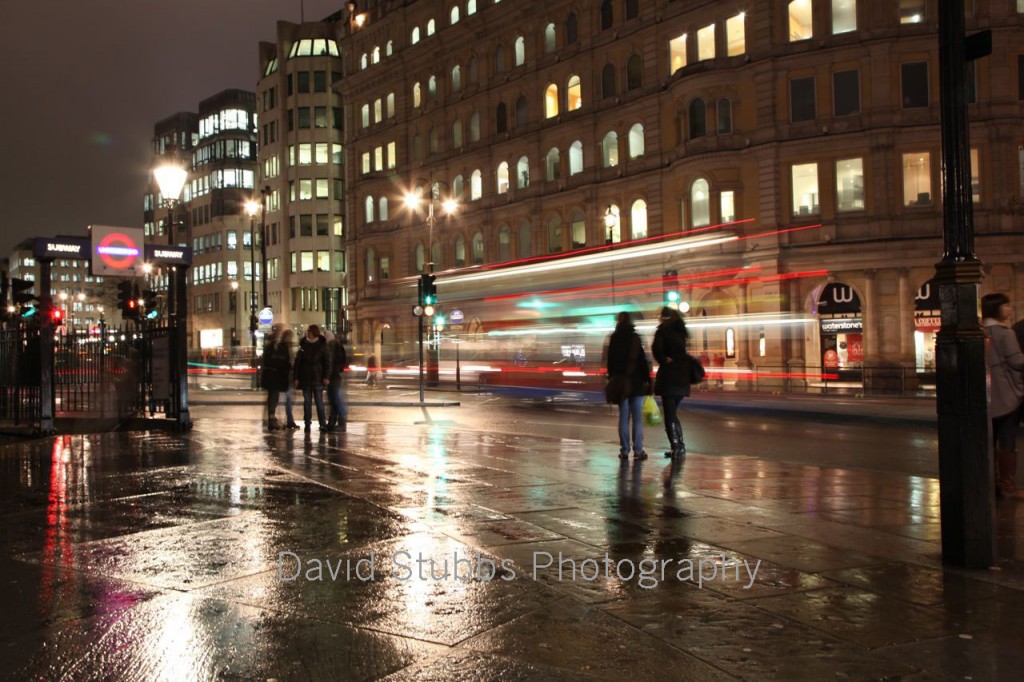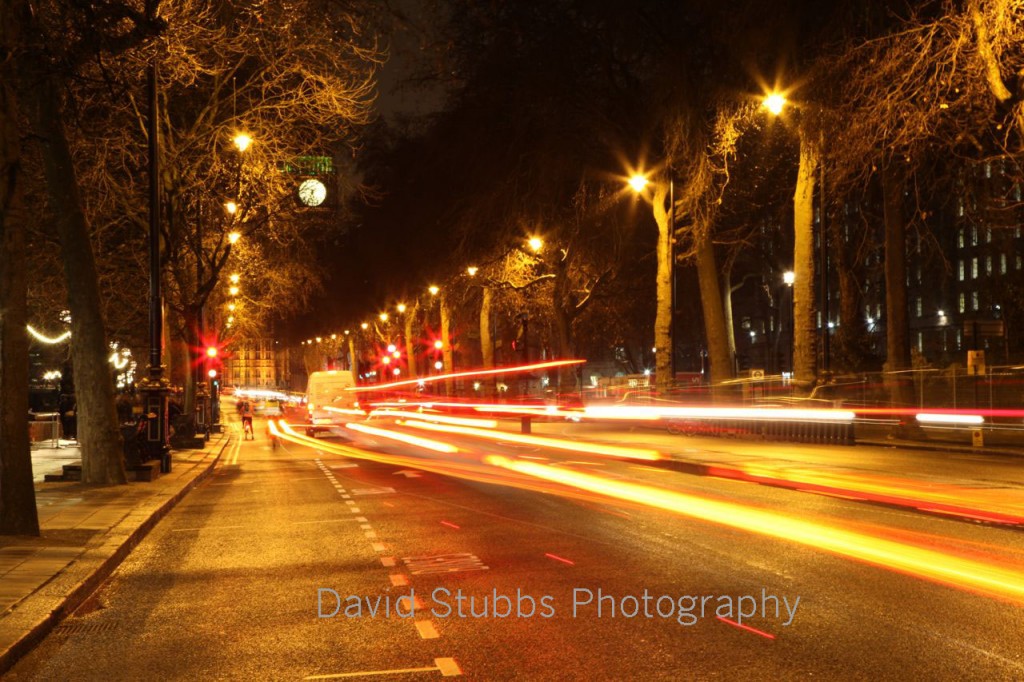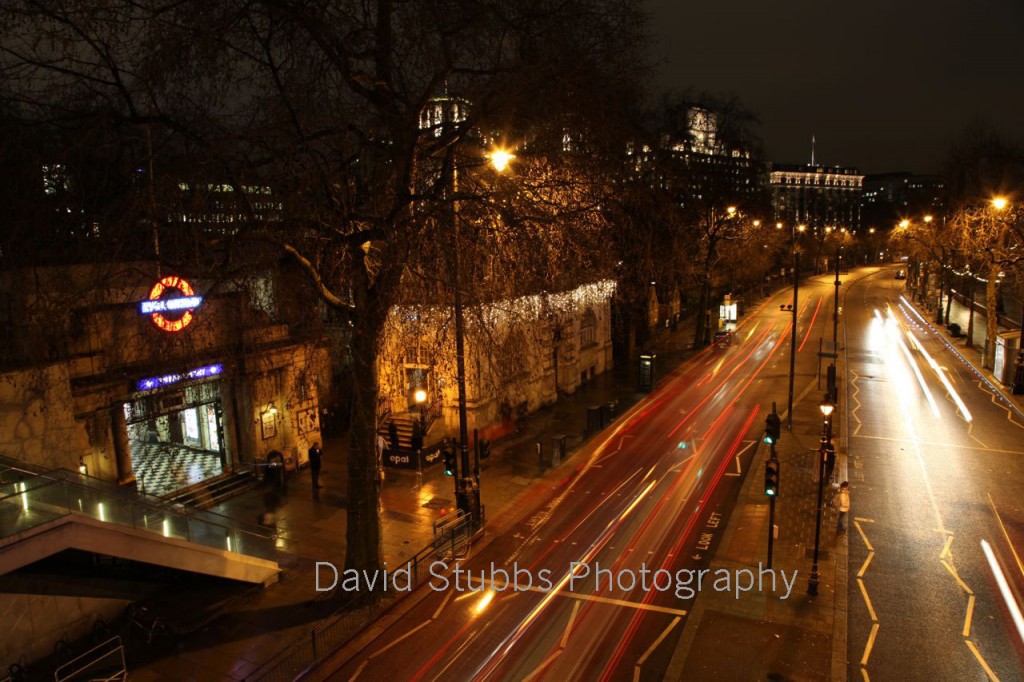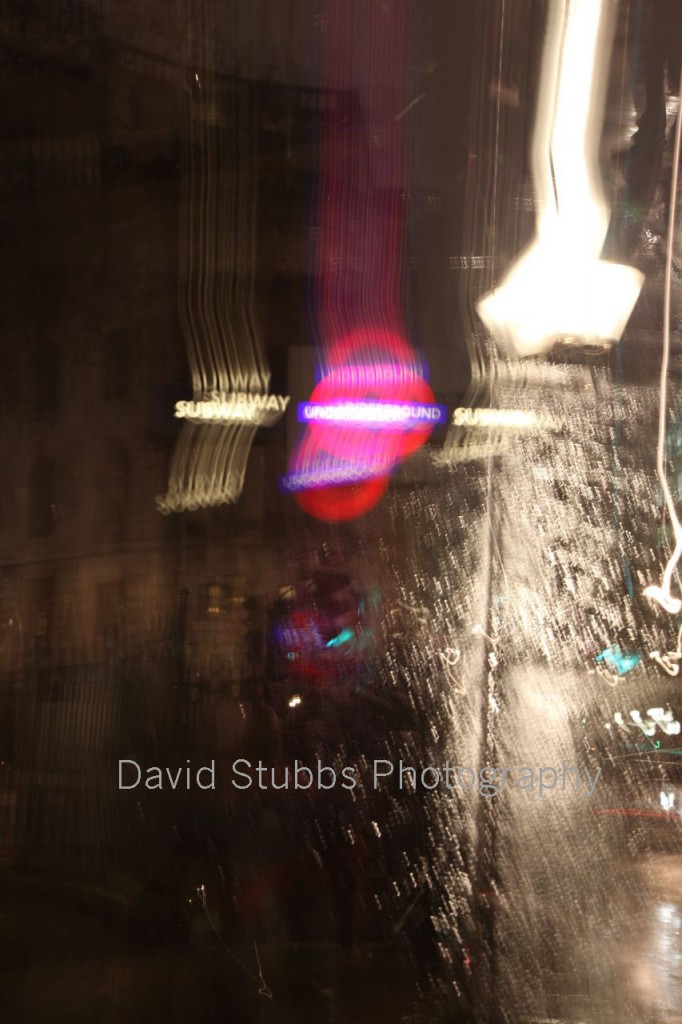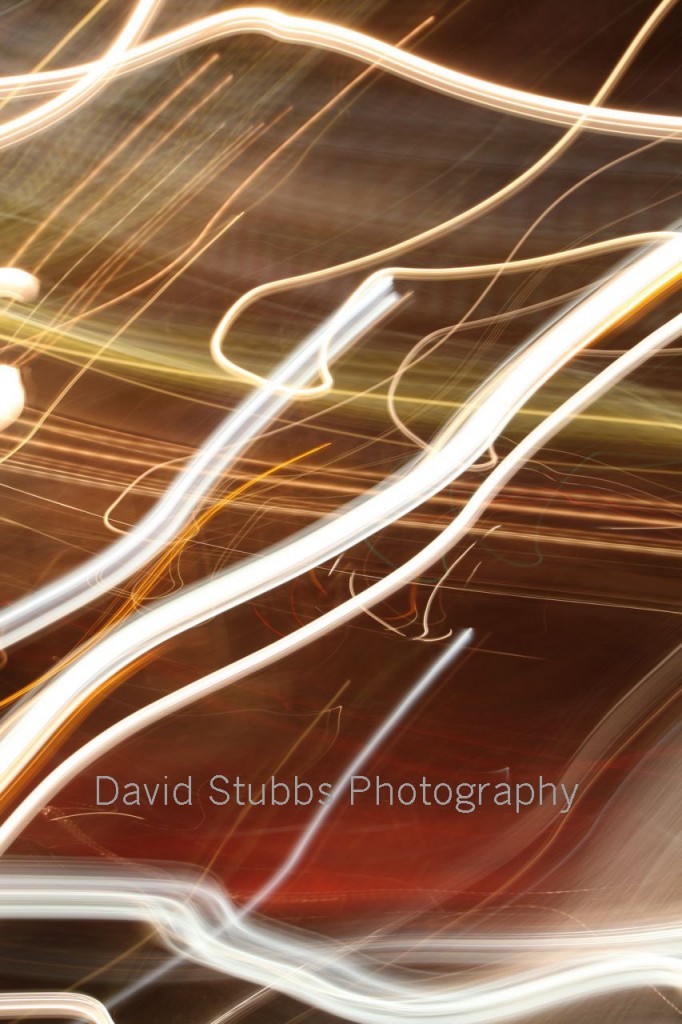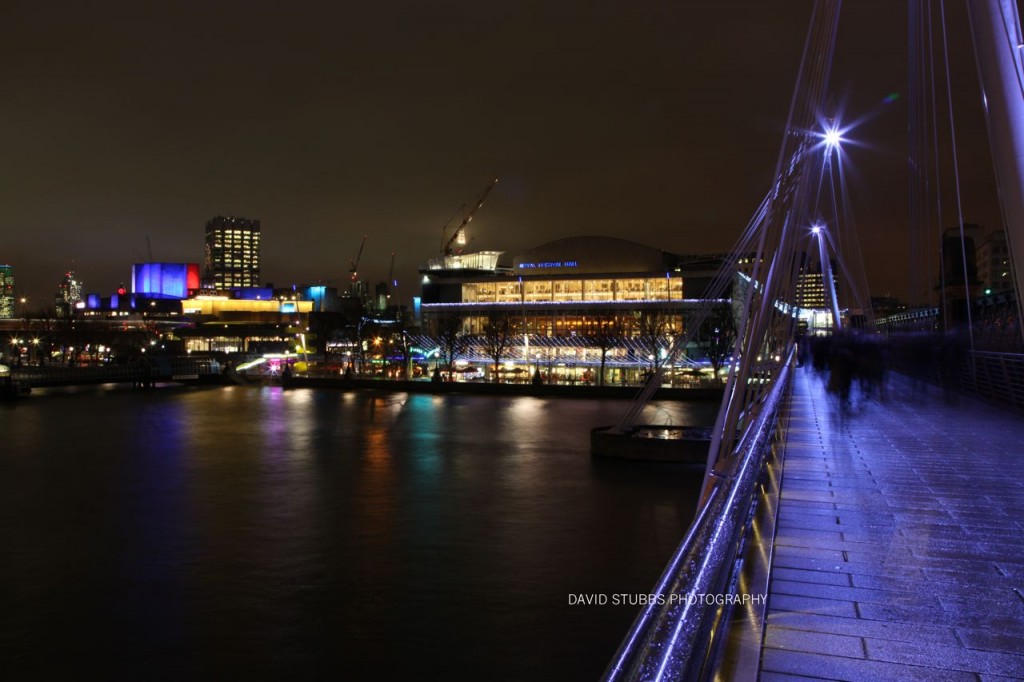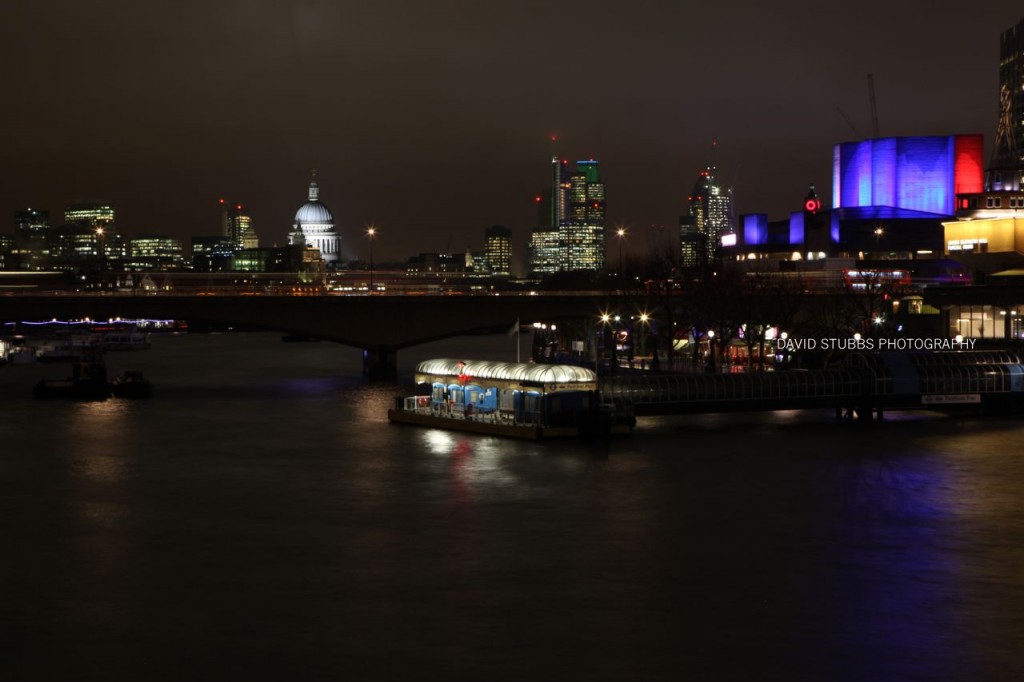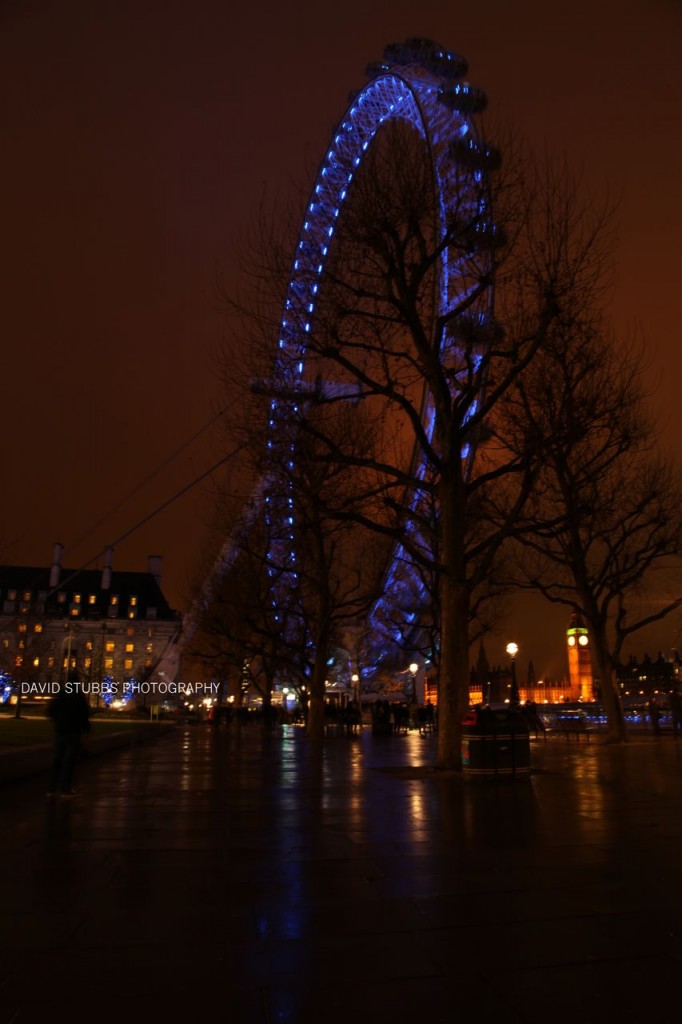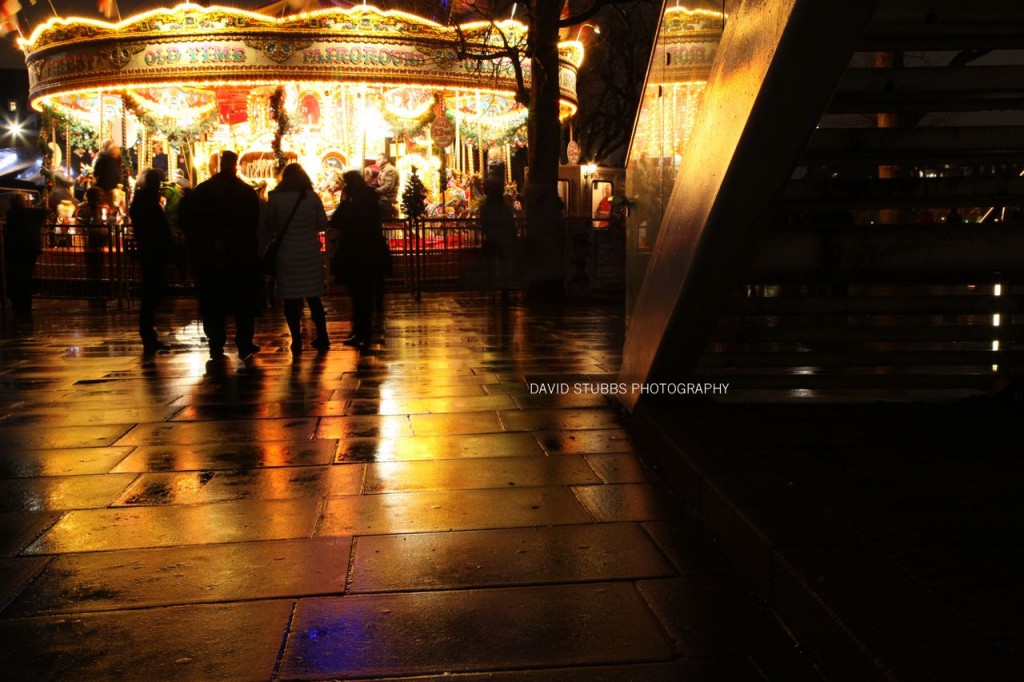Tips on snow scene photography
January 27, 2013
Tips on snow scene photography. Part 2. I took more snow-covered landscapes just 6 days ago, incredible, considering the sunny days we’re had this weekend. Last week I looked at the technical side of the correct colour and the correct amount of light. This week I’ll look at the composition or the overall aesthetics of the photograph.
The snow covering Richmond was breathtaking and people really seemed boosted and really happy to be out in. I thought of doing portrait photography outside but didn’t think my clients would be too keen! The next time we have a white coat covering our neighbourhood, I will try and do that though. The sun was out and the high cloud cover meant the light was even. This of course gave me a lot of light (or technically, the exposure) which I had to adjust the camera for.
This photograph is of the terrace above Richmond Hill. I loved the shapes that the branches made and the contrast of the snow and trunks. This light, flaky snow clung to the top of branches and highlighted the dark wood of this avenue of trees. I like the ironwork of the railings and I introduced interest in the foreground but also showed a good proportion of the path.
I brought the bench in to the immediate foreground here but kept the focus on the far distance. Having something this close in the foreground adds interest and frames the picture. I could have focused on the bench itself and blurred the distance. This would have been more of a photographic study of shapes and contrast.
Many artists including Turner have made this scene famous and I wanted to introduce some human interest. I set up the photograph and waited for people to walk in to the scene. The two people walking away from the camera bring a story to the scene and also demonstrates scale. Photographing people doesn’t have to be just a portrait, it can make enhance most landscapes.
For my portrait page, see http://www.davidstubbs.co.uk/gallery/portraits/
Tips on taking photographs in the snow
January 23, 2013
Tips on taking photographs in the snow. Photographing landscapes in the snow gives us some challenges. Firstly, as the white snow is bright, it fools the cameras exposure reading and produces a darker image. To resolve this, on a compact, chose the snow setting as the scene mode if the camera has it. I had a Sony compact that had one and it worked quite well. My current compact doesn’t though (the otherwise brilliant Linux). On DSLR’s, you can adjust the exposure by one or two stops. On more professional camera’s, change the Exposure Value to between 1 and 2.5.
The Second problem is the colour tint that snow can produce. Snow is such an extreme white that it verges on the blue as far as the camera sensor is concerned. Most cameras have what’s called a white colour balance to cope with this. That means that the camera adjusts to the conditions. If your pictures are looking unnatural as far as the colour is concerned, you can set the white balance manually. Adjust to the Daylight setting in this case.
I like contrasts in my snow pictures. When I first drove through Richmond Park in the morning the deer where in the woods and the contrast between the shades of trunks and branches and the snow was dramatic. The coats of the deer were complimented well in this setting. When I came back in the afternoon, they had found pastures new!
Another tip is if you want to ‘slow’ your images down, i.e. have a slow shutter speed and see blur in flowing water or just to able to open up the aperture. Use neutral density filter. These reduce the light and come in different degrees of strength. Lets hope for more snow!
Beautifully unique wedding venue
January 20, 2013
This beautifully unique wedding venue will make the wedding day perfect as the house and grounds are so special. I’ve been to many places to take wedding photographs and this is in my top 10 of favorite venues.
It’s situated in Richmond Park, in Surrey. Perched on the top of the hill you get extensive views across Surrey and Middx whilst in the front of the house you have gardens and then Richmond Park itself. The gardens have beautiful, flowing flowerbeds bordering a well-kept lawn. There is a bench and good, established trees. This is perfect material for your wedding photography as well as a comfortable and restful place for you and your guests to meander around. At the back of the house, there is a large, tastefully paved area with tables that gives you the opportunity to take in the views.
- Pembroke Lodge – Richmond
The staff are so attentive at Pembroke Lodge and have been providing this unique wedding venue for decades. I find them very accommodating and efficient and my wedding couples say the same.
Incidentally, the Royal Richmond Park is a very good place for wildlife photography as it has many species of birds and most famously, deer. This time of year, photographers are seen all over the park trying to capture a special wintry scene. The early morning on a clear day after snowfall is my perfect time to be there.
Take your camera outside several minutes before shooting, as it will need to aclimatise to cold weather. Pay special attention to the exposure as the bright white often fools the meter and produces a dull, under-exposed image. Enjoy the park and this eautifully unique wedding venue.
Children’s Photographs
January 14, 2013
Children’s photographs are very challenging but then one of the most rewarding areas of portrait photography.
I took this in sunlight. Natural light is always the best light to use if at all possible. The tones and hues are the best and there’s not bulky equipment to carry around. You can react quickly to any movements and also the lack of big equipment is let off-putting for children to see. I took this photograph of a friend’s girl and shot her so she is on the side of the frame, to add interest. Outside, there is lots to amuse young children and so there is less chance of them becoming bored. The drawback of course is that there is little to keep them in the same place for more than a few moments.
Avoid shooting directly in to the light or asking your subject to look towards the sun. It’s best in some shade where plenty of light can reach the subject but the light is soft and even. On a professional photography level, you can use reflectors to help reduce shadows. A flash on the camera can help reduce shadows but often this ruins photographs as all natural, flattering light, is lost. I converted this picture to sepia to give it a more timeless look.
Lastly, get down to the level of your subject. There’s nothing worse than a picture of a child just stretching their neck to look up to the camera. Sit or kneel down so that the subject can see you easily and the picture will look a lot more appealing. See http://www.davidstubbs.co.uk/gallery/nursery/
London Night Photography Tricks
January 8, 2013
London Night Photography Tricks . These photographs reflect the energy of London in the wet. As a break from my portrait photography I explored the River and Trafalgar Square. There are few weddings this time of year and my school photography has finished for a few months so Night Photography seemed a good option. Instead of wishing for the rain to go away, why not embrace it and use it to enhance your photography? Protect your camera and try and pick a clear night so that you can see as much as possible of the skyline. Check the weather on http://www.bbc.co.uk
London iconic photographs
The red London bus and the London Underground represent the city of London so I was determined to capture these icons. I used the Bulb setting, as mentioned in my last blog http://www.davidstubbs.co.uk/?p=826 where the shutter is open for several seconds. The time it was open in this busy part of London was around 6 seconds. Once you have found a good position wait for something interesting to walk or drive in to the scene. The women talking in this one add the essential human element to this city landscape.
Embankment picture with Big Ben
This long exposure shows the taillights of the busy London traffic on the Thames side road. I think the red light of the rear lights look more impressive than the white headlights of oncoming cars so kept to this side of the road.
Reflections of Underground sign
I experimented with the fascinating Reflections and light on London’s pavements and tried to capture more iconic London signs.
Light Streams Photography
Lights can be photographed by keeping the camera stationary and filming moving light or the camera can be moved to create the illusion of movement. I did the latter in this case.
For more advice, see http://www.davidstubbs.co.uk/blog/
London’s night time photography
January 7, 2013
London’s night time photography.
This is taken on the suspension pedestrian bridge from Waterloo station to the Embankment. With a high f-stop setting (f16) the exposure was slow.
London’s night-time photography is exciting and throws up all sorts of challenges.I’ve been exploring capturing these images in the winter nights. I was trying out my new Cannon Eos 5D and found the extra modes that it has, compared to a Nikon of similar grade, tricky to find in the dark. Also, I was even asked to stop taking pictures on the South Bank by security!
A tripod is essential as exposures are long and so camera shake needs to be avoided. I find a mobile tripod, i.e. a light and compact one, essential such as the Gitzo http://www.gitzo.co.uk, tripod. I took the camera in a rucksack so that it wasn’t obvious I was a photographer with expensive equipment on me when I was travelling.
London Bridge, St Pauls and The City
To get the light streams from vehicles, use the bulb setting. When you press the shutter release button the shutter opens and stays open until you release it. For the river shots, I composed my picture and waited for a boat to pass before taking the picture. An exposure of around 6 seconds was about right. If the shutter is left open too long then unrealistic colours are apparent. I thought the colours and exposure in this shot(without a boat) represented the scene accurately.
The London Eye
This was taken with a small aperture set and a long exposure but not the bulb setting, as I didn’t want the terrific blue glow of the pods to be blurred. A second London landmark always adds to an image. The prolonged aperture has brought the redness in the sky.
Funfair on South Bank
Same settings as above. The figures in the foreground are silhouettes as there was little other light available and I was not going to use flash photography this night. Due to the limits of light, portraits are an even bigger challenge.
For regular information on all kinds of photography, please see my web site news page. I provide tuition as well as advice.
Looking at Wedding Venues and Photography opportunities
January 1, 2013
I’m going to be looking at Wedding Venues and Photography opportunities this year as I have been to so many beautiful places and I would like to share my experience.
The first one I’m listing is ;
http://www.english-heritage.org.uk/book-and-buy/venue-hire/wedding/marble-hill-house/
It is a distinguished and Italian design inspired house tucked away between Richmond Road and the River Thames. I will post my pictures from previous weddings this week.
Categories
- Children's Portraits
- General news
- Portrait
- Uncategorized
- Wedding flowers
- Wedding Photography
- Wedding Venues
- Winter Photography Tips
Archive
- August 2015 (1)
- March 2015 (1)
- June 2014 (1)
- February 2014 (1)
- August 2013 (1)
- July 2013 (1)
- June 2013 (1)
- May 2013 (3)
- April 2013 (2)
- March 2013 (5)
- February 2013 (5)
- January 2013 (7)
- December 2012 (7)
- November 2012 (3)
